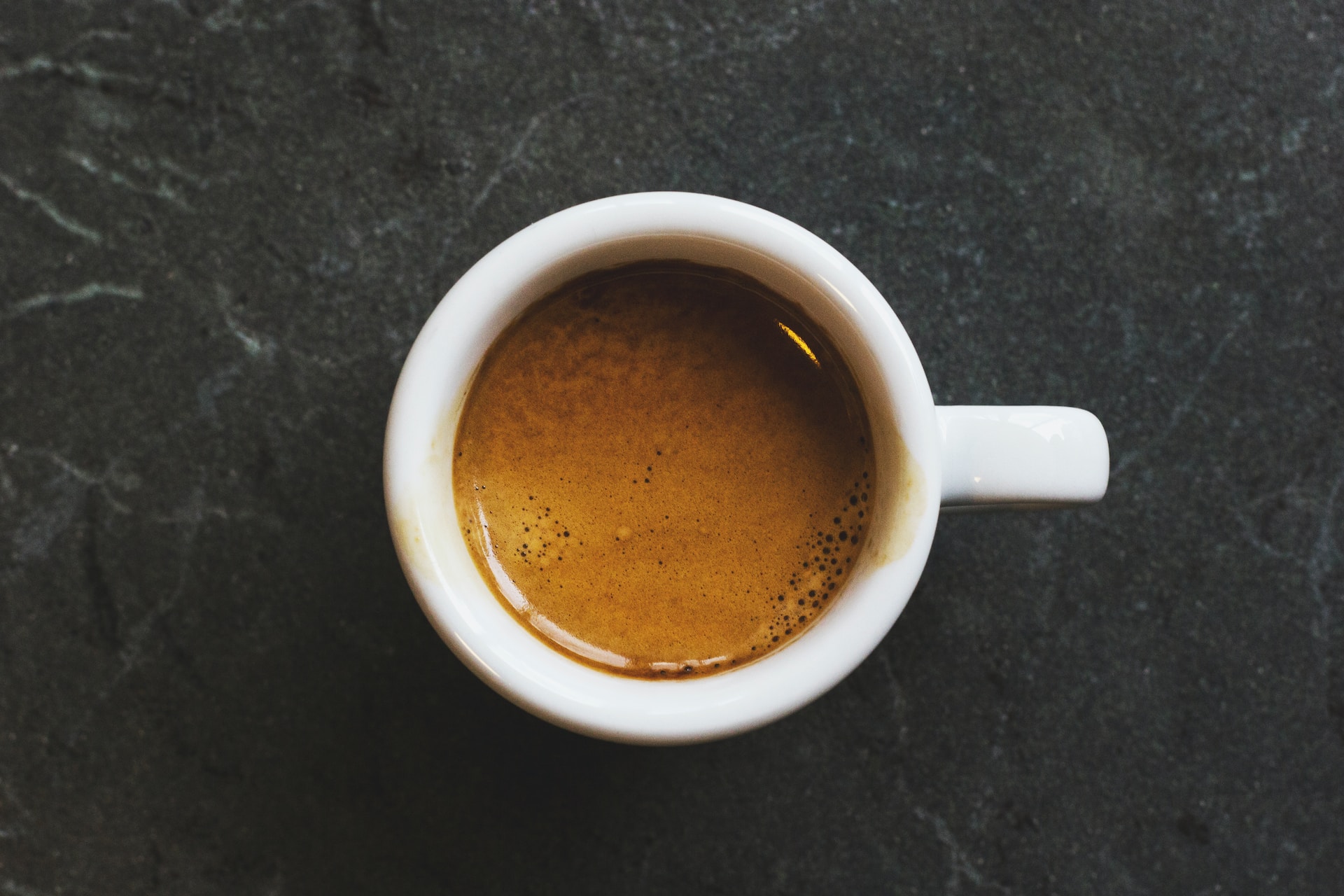Gathering Your Materials for Coffee Dye
Embracing nature by making natural dye from coffee is the first step to reducing your environmental impact. To kickstart the process, a comprehensive list of materials is provided to ensure a hassle-free experience. Notably, it’s best to use dark roasted, or French roast coffee beans as they yield a richer hue. You’ll also need cold water and a large stainless steel pot for brewing. For a full eco-friendly process, consider using a French press coffee maker or an old-school percolator instead of electric coffee makers. They’re fuel and energy efficient, and easily adaptable to off-grid settings. A thermometer, strainer, mild eco-friendly soap, and rubber gloves round up the essentials.
Meanwhile, refrain from using hard tap water, as it may impede the dyeing process. To mitigate this, collecting and using rainwater is a viable, sustainable alternative.
Preparing Your Fabric for Dyeing
To achieve the best possible result with coffee dye, natural fabrics like cotton, silk, or linen work best. Synthetic fibers often resist dye, resulting in faded or inconsistent colors. Before starting to dye, it’s crucial to pre-treat the fabric. Known as ‘scouring,’ this process removes any oils or residues and allows better absorption of color.
To do this, add a small amount of eco-friendly soap to a pot of water and bring it to a simmer. Next, immerse your fabric into the pot, ensuring it’s fully covered, and let it simmer for about an hour. This process prepares the fabric to receive dye, maximizing color absorption and durability of the dye. It’s recommendable to use homemade natural detergent to contribute further towards an eco-friendly process.
Making Your Coffee Dye
Derived from nature, making coffee dye is simple, safe, and environmentally friendly. To begin, fill the pot with your cold water and bring it to a boil. Once it’s boiled, reduce the heat and add your coffee grounds. The standard ratio is 1 cup of coffee to every 4 cups of water. However, vary the concentration of coffee to achieve different shades of brown. Let the brew steep for approximately an hour. Afterward, strain the liquid into a separate container, ensuring not to dispose of the spent coffee grounds in a sink or drain. These can be composted or used as a natural pest repellent in your garden.
Dyeing Process and Care for Dyed Materials
Now, with your homemade coffee dye ready, it’s time to dye your fabric. Dampen your scour-cleaned fabric, squeeze out any excess water and immerse it in the dye bath. Stir gently and leave it for an hour or more for a fuller, deeper shade. Afterwards, rinse thoroughly in cold water until it runs clear, squeeze out the excess water, and hang to dry.
Careful post dye-care ensures color longevity. Washing dyed materials separately and using mild, nature-friendly detergents are highly recommended. Regular air drying instead of using an electric dryer not only keeps the vibrant color intact but also reduces your carbon footprint.
Ways to Use Coffee Dyed Fabrics and Disposing of Coffee Dye
Once your material has been dyed and dried, possibilities for creating with coffee-colored fabric are endless. It’s an excellent choice for rejuvenating worn-out clothing, cushions, table linens, crafting handmade gifts, or engaging in unique DIY projects.
Last but not least, it’s essential to dispose of used coffee dye responsibly. Instead of pouring it down the drain, consider using it as a colorant for paper crafts, homemade candles, or even as a natural wood stain. As nature enthusiasts, it’s vital that we consider our environment in every step we take towards sustainability.




